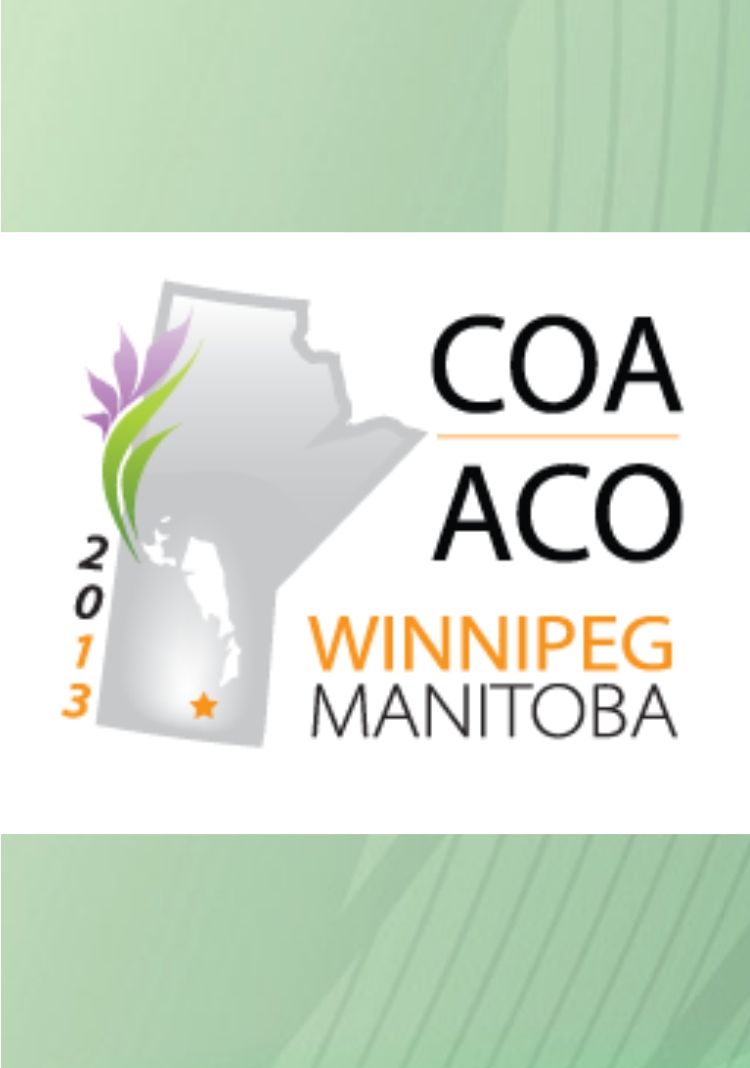
ARTHROPLASTY
COA: A comparison of acetabuar component fixation between two porous ingrowth surfaces
62 patients undergoing primary total hip arthroplasty (THA) were randomized to receive treatment using a cementless acetabular cup with either a 61% high porosity asymmetric titanium porous surface (StikTite) or a 45% low porosity sintered bead porous surface (Roughcoat) to determine the effects they have on clinical and radiological outcomes. Results at 2 years revealed that there was no difference between the two acetabular cup types in terms of 3D translation, however patients in the Roughcoat group experienced a significantly greater score on the WOMAC pain subscale.
Unlock the full ACE Report
You have access to {0} free articles per month.Click below to unlock and view this {1}
Unlock NowCritical appraisals of the latest, high-impact randomized controlled trials and systematic reviews in orthopaedics
Access to OrthoEvidence podcast content, including collaborations with the Journal of Bone and Joint Surgery, interviews with internationally recognized surgeons, and roundtable discussions on orthopaedic news and topics
Subscription to The Pulse, a twice-weekly evidence-based newsletter designed to help you make better clinical decisions
Exclusive access to original content articles, including in-house systematic reviews, and articles on health research methods and hot orthopaedic topics
Or upgrade today and gain access to all OrthoEvidence content for just $1.99 per week.
Already have an account? Log in


Subscribe to "The Pulse"
Evidence-Based Orthopaedics direct to your inbox.
{0} of {1} free articles
Become an OrthoEvidence Premium Member. Expand your perspective with high-quality evidence.
Upgrade Now












































































